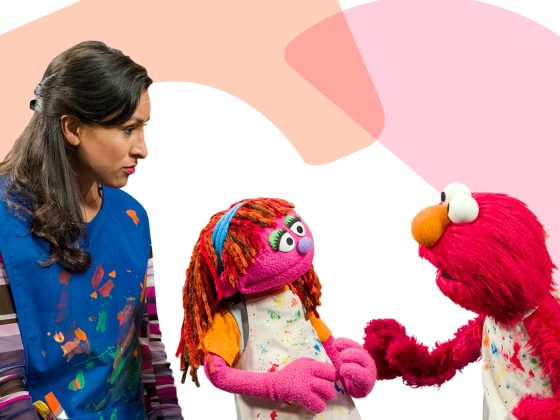
Talk About It: For Children Not Experiencing Homelessness
We all may be surprised by how many shelter-insecure people (both children and adults) are in our communities. Share age-appropriate, honest answers about homelessness for children who have not experienced it.
Explaining homelessness to children who have not experienced it is tough, but there are age-appropriate and honest answers you can give. Naturally, answers should be adjusted depending on children’s ages.
Explain that not everyone without a permanent home actually lives on the street or in public parks. Many people—especially families with children—stay with others, in shelters, in hotel rooms, or in their cars. However, children often ask about the very obviously homeless people they see in public places. Here are commonly asked questions, and answers to consider:
Why are there people sitting/lying on the street/subway?
- They don’t have a permanent place to live right now.
Why are there people who are unclean/asking for money/wheeling around a shopping cart?
- People without homes don’t always have a place to take a shower or bath.
- They don’t have money to buy the things they need.
- The shopping cart is like a suitcase or travel bag. They keep their belongings in there.
Where do people without homes go when it gets cold or rainy?
- Some cities have shelters that people without homes can go to and sleep and stay warm/dry/safe, but they can’t always stay there all the time.
How did that happen to them?
- We don’t know everyone’s story; it can happen for many different reasons.
Can we help them?
- It isn’t safe to go up to any stranger, but together, we’ll figure out a way to help.
- We can volunteer at our food pantry/soup kitchen, donate clothes we don’t use anymore, or start collecting change in a bowl to donate to an organization that helps them.
Families can also put together “care kits” made with self-sealing bags to keep in the car trunk and hand out when appropriate, or leave in a place where people without homes frequent, such as an area of a park. Bags might include lip balm, single-serving snacks, wet wipes, toothbrush and toothpaste, socks, a bottle of water, a dollar bill, a hairbrush, and so on.
Pro Tip Educators can use these responses as a guide, and also distribute them to parents.
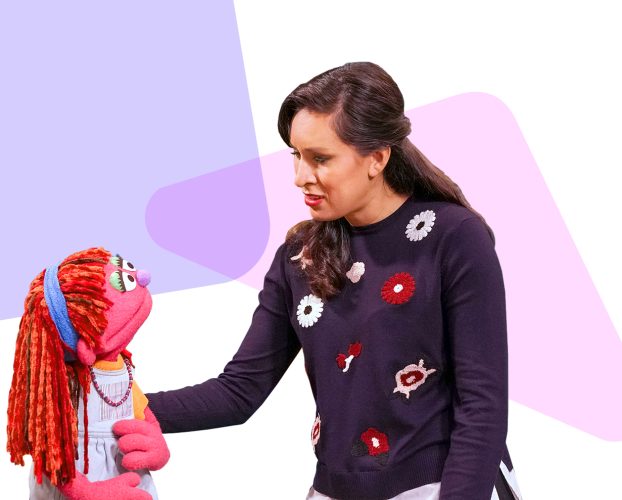
Talk About It: For Children Experiencing Homelessness
Honest, age-appropriate ways to respond to children’s difficult questions.
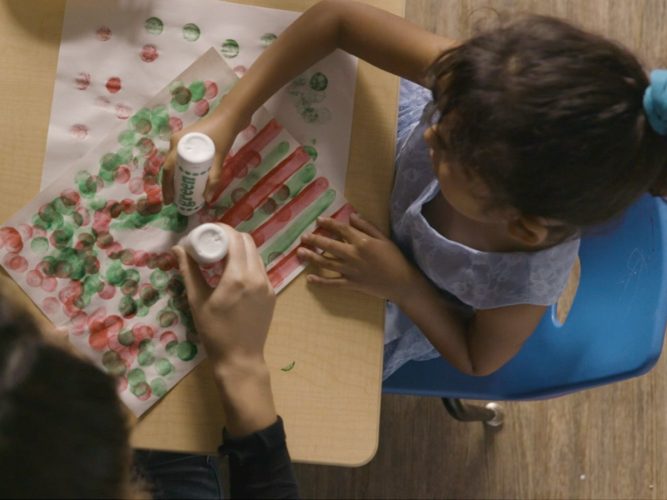
Provider Workshop: Healthy Goodbyes Resources part 2
In the face of these challenges, you can model healthy goodbyes.

Hooray for Hands
Hands remind us of the power of helping, sharing, and caring.

Ideas Into Action: Sharing Comfort Strategies with Children
You can show children how others use strategies for self-soothing.
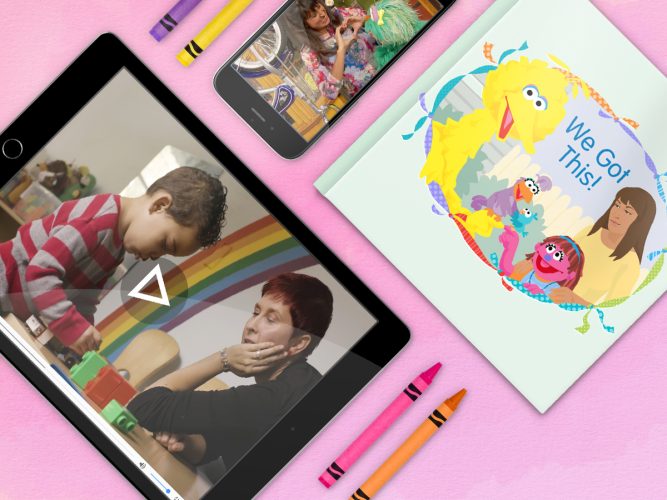
Provider Workshop: Healthy Goodbyes
In the face of these challenges, you can model healthy goodbyes.
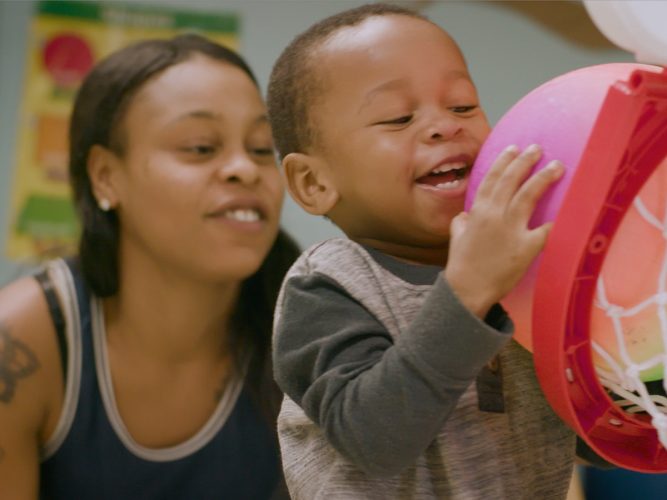
Promoting Healing Through Play in Shelters part 2
It’s not just the things you put into an environment that are important—a play space is made even more effective when adults interact with children in positive ways.
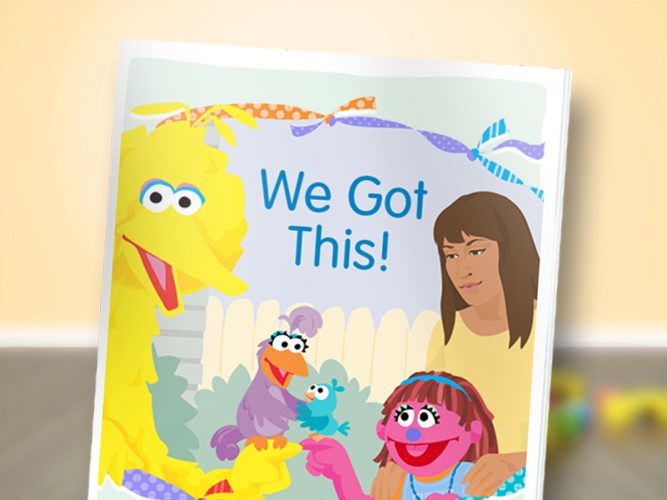
Ideas Into Action: Grown-Ups Come Back
A bag of ribbons can go a long way!
